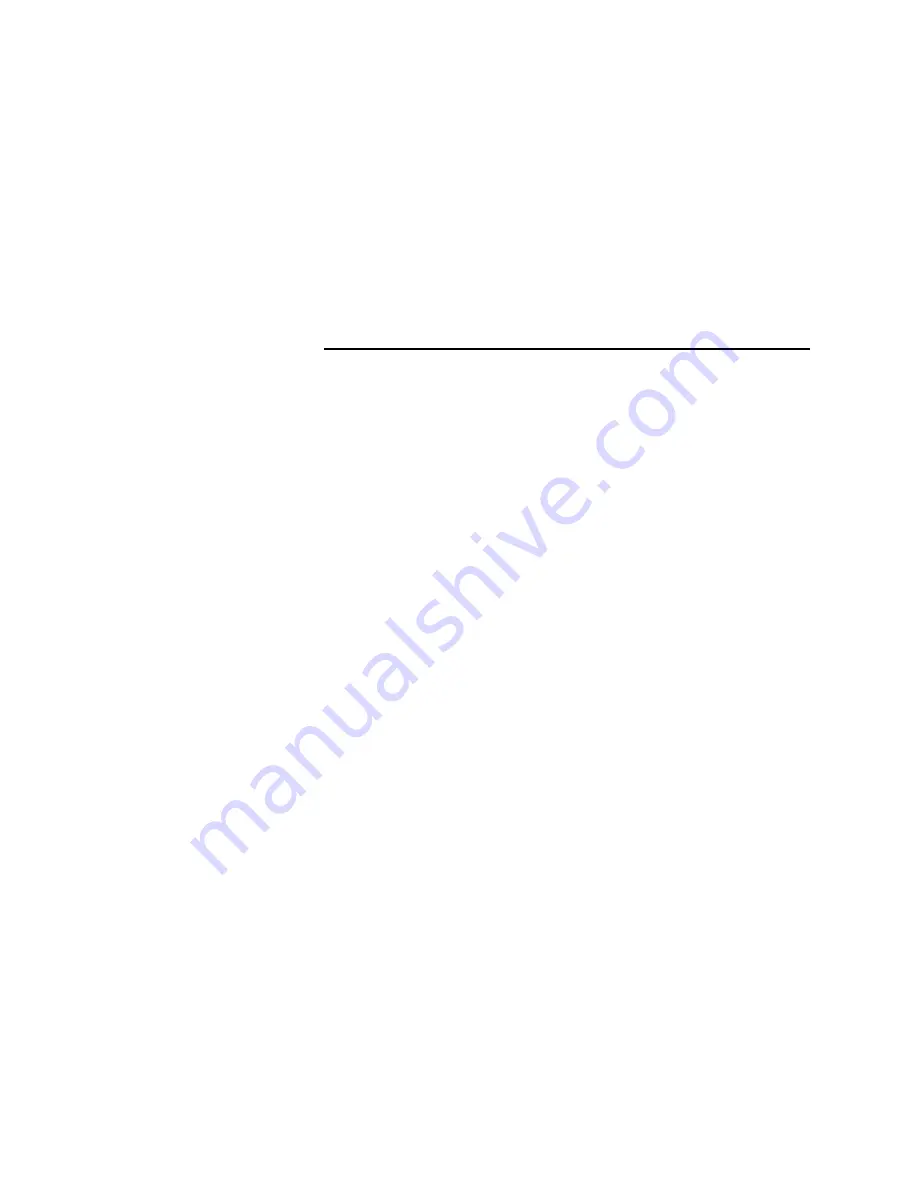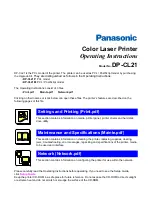
1-74
ii LINX™ Solid Inkjet 100 Service Manual
Following the second flush, the printhead is tilted back and the cap/
wipe/purge assembly is lowered into its standby position. A cap/wipe/
purge home sensor on I/O board right detects when the cap/wipe/
purge assembly is stored in its standby position. Then the printhead
is tilted forward into its print position and a cleaning or “mud” page is
printed. The cleaning page allows each jet to eject ink that may be
slightly contaminated with another ink.
7 day flush. If no printhead clean cycle has been run for 7 days, the
printer automatically performs a printhead flush to expel old ink
from the printhead orifices. This gets rid of any old, “cooked” ink and
improves printhead reliability.
Paper Preheater Cleaning
This is a customer-initiated cleaning procedure, selected through the
front panel troubleshooting menu Remove Ink Smears. The purpose of
this cleaning item is to clean ink out of the paper preheater that may
have been deposited there. Ink can be deposited if a jammed print,
with ink on it, was pulled backwards through the paper preheater.
Heavier-weight, high-grade quality bond paper works best for this
procedure.
In the paper preheater clean cycle, these events take place:
The user starts the Remove Ink Smears menu item.
1. The printer overheats the paper preheater to 100
o
C, softening
ink trapped inside the paper preheater. Ordinarily the paper
preheater runs at temperatures of between 60 and 65
o
C for
paper printing.
2. The printer picks and passes up to 25 sheets of paper through
the print path. Each sheet absorbs and removes ink from the
paper preheater, but only the first five sheets are chased at the
elevated temperature. Then up to 20 additional sheets are
chased while the preheater cools down. The sheets are cleaning,
but their main function is to bring the preheater temperature
back down. The total number of chase sheets will vary from
situation to situation. The printer can resume printing when
the preheat temperature drops to 75˚C or below.
3. The printer returns to the Troubleshooting menu.
Because of the higher paper temperatures involved, this function can
also be used to clean the drum surface of ink deposits caused by a
contaminated blade on the drum maintenance drawer.
Summary of Contents for Nuvera 100
Page 1: ...General Information 1 1 Chapter...
Page 24: ...1 24 ii LINX Solid Inkjet 100 Service Manual 1239 35b Figure 1 13 Repacking the Printer...
Page 27: ...General Information 1 27...
Page 28: ...1 28 ii LINX Solid Inkjet 100 Service Manual...
Page 79: ...Error Codes and Messages 2 1 Chapter...
Page 101: ...Troubleshooting 3 1 Chapter...
Page 145: ...Adjustments 4 1 Chapter...
Page 180: ...4 36 ii LINX Solid Inkjet 100 Service Manual...
Page 181: ...Cleaning and Maintenance 5 1 Chapter...
Page 190: ...5 10 iiLINX Solid Inkjet 100 Service Manual...
Page 191: ...Removal and Replacement 6 1 Chapter...
Page 249: ...Printer Networking 7 1 Chapter 7...
Page 280: ...7 32 ii LINX Solid Inkjet 100 Printer Service Manual...
Page 281: ...Material Number Listings A 1 Appendix...
Page 285: ...Material Number Listings A 5 7 5 6 8 1 2 4 0388 21 3 Figure A 1 Cabinet parts...
Page 289: ...Material Number Listings A 9 0388 16 2 1 5 11 10 9 12 6 4 3 7 13 8 Figure A 3 Paper Path Parts...
Page 291: ...Material Number Listings A 11 0388 14 7 4 3 5 6 2 1 Figure A 4 Motor and Fan Parts...
Page 295: ...Material Number Listings A 15 4 5 3 2 1 0388 23 Figure A 6 Solenoid and Clutch Parts...
Page 304: ...A 24 ii LINX Solid Inkjet 100 Service Manual...
















































